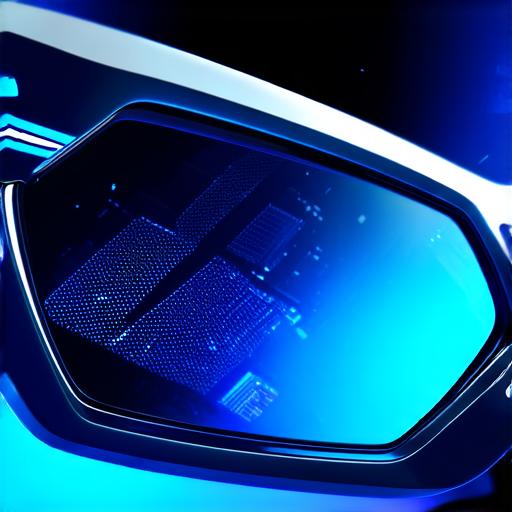If you’re an AR developer, you already know the basics of augmented reality software. But what exactly is it, and how does it work? In this article, we’ll explore the world of augmented reality, delving into its history, applications, and future possibilities.
What is Augmented Reality?
Augmented reality (AR) is an interactive technology that overlays digital information onto the real world, enhancing our perception of reality. AR software uses sensors and cameras to track the user’s position and orientation in space, allowing it to create a 3D image or animation that appears to be integrated into the real-world environment.
AR has been around for decades, but it wasn’t until the advent of smartphones and mobile devices that it became widely accessible to the masses. Today, AR is used in a variety of applications, from gaming and entertainment to education and healthcare.
Applications of Augmented Reality Software
Gaming and Entertainment
One of the most popular uses for AR software is in gaming and entertainment. Games like Pokemon Go and Snapchat’s AR filters have captured the imagination of millions of people around the world, demonstrating the potential for AR to create immersive and interactive experiences that blur the line between reality and fantasy.
Education and Training

AR is also being used in education and training, allowing students to learn and practice new skills in a simulated environment. For example, medical students can use AR software to practice surgeries, while pilots can use AR to simulate flight scenarios.
Marketing and Advertising
AR is also being used in marketing and advertising, allowing companies to create interactive product demonstrations and brand experiences that engage customers on a deeper level. For example, IKEA’s AR app allows customers to see how furniture would look in their home before making a purchase.
Retail and Commerce
AR is also being used in retail and commerce, allowing customers to try on clothes virtually or visualize products in their homes before making a purchase. For example, Sephora’s AR app allows customers to try on makeup virtually.
Future Possibilities of Augmented Reality Software
As AR technology continues to evolve, the possibilities for its use in various industries are virtually limitless. Some potential future applications include:
-
Automotive and Transportation
-
AR could be used in automotive and transportation to enhance the driving experience, providing real-time information about traffic, road conditions, and potential hazards.
-
Manufacturing and Logistics
-
AR could be used in manufacturing and logistics to streamline production processes and improve efficiency. For example, workers could use AR to visualize assembly instructions or track inventory levels in real-time.
-
Construction and Engineering
-
AR could be used in construction and engineering to enhance project planning and management, allowing architects and builders to visualize designs in a 3D environment and make adjustments on the fly.
-
Tourism and Hospitality
-
AR could be used in tourism and hospitality to create interactive experiences for visitors, providing real-time information about local attractions and allowing them to explore the area in a more immersive way.
Summary
Augmented reality software is an exciting new technology that has the potential to revolutionize the way we interact with the world around us. From gaming and entertainment to education and healthcare, AR is already being used in a variety of applications, and its future possibilities are virtually limitless. As an AR developer, you have the opportunity to be at the forefront of this rapidly evolving technology, helping to shape its future and bring it to life for millions of people around the world.
